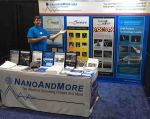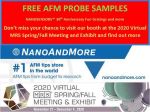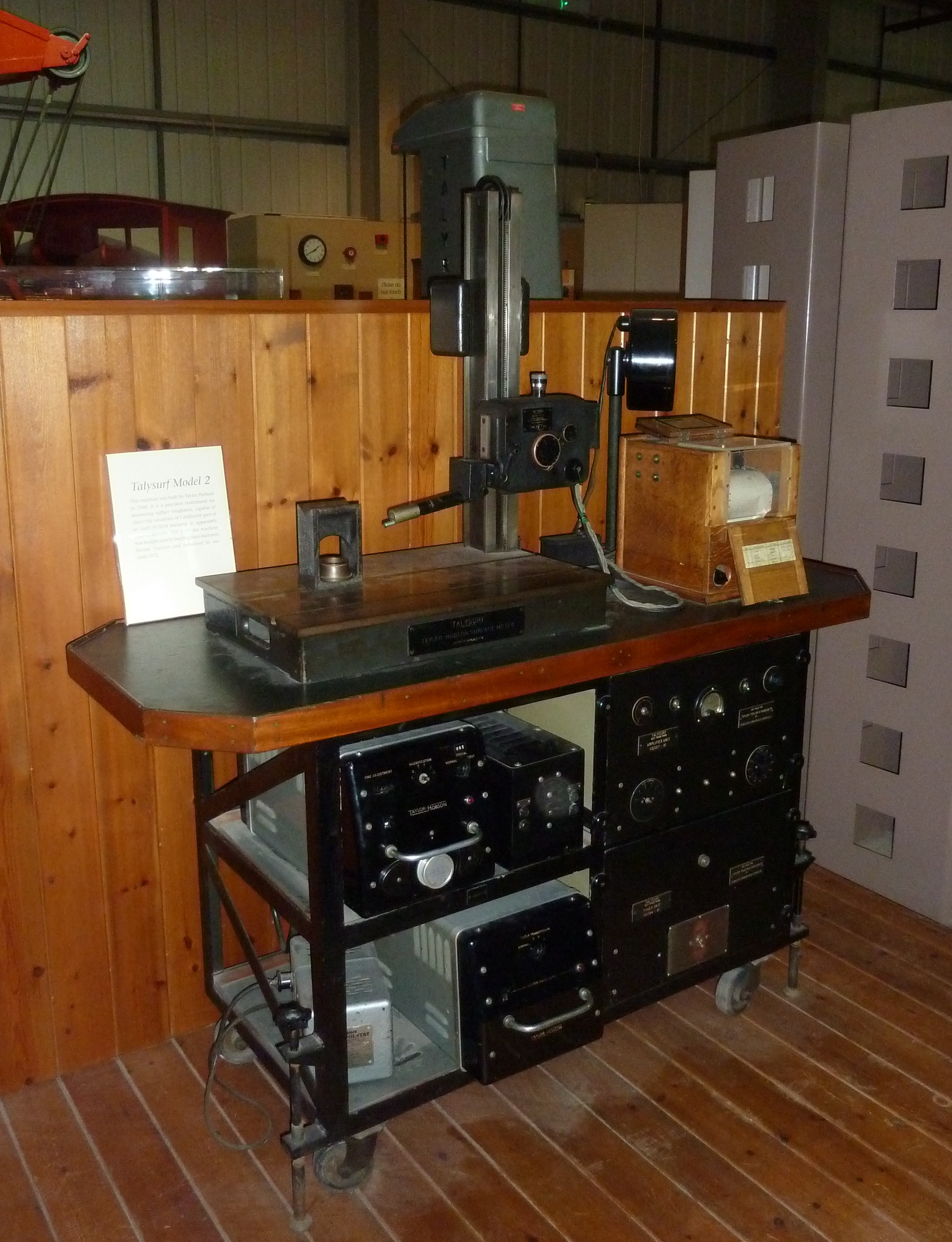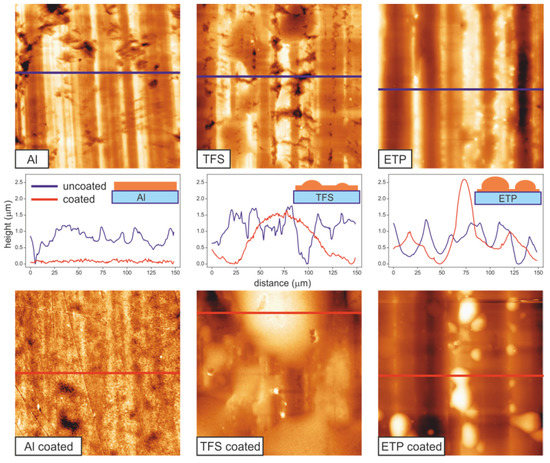















In the article “Millisecond dynamics of an unlabeled amino acid transporter “ Tina R. Matin, George R. Heath, Gerard H. M. Huysmans, Olga Boudker and Simon Scheuring develop and apply high-speed atomic force microscopy line-scanning (HS-AFM-LS) combined with automated state assignment and transition analysis for the determination of transport dynamics of unlabeled membrane-reconstituted GltPh, a prokaryotic EAAT homologue, with millisecond temporal resolution.








Excitatory amino acid transporters (EAATs) are important in many physiological processes and crucial for the removal of excitatory amino acids from the synaptic cleft.*
In the article “Millisecond dynamics of an unlabeled amino acid transporter “ Tina R. Matin, George R. Heath, Gerard H. M. Huysmans, Olga Boudker and Simon Scheuring develop and apply high-speed atomic force microscopy line-scanning (HS-AFM-LS) combined with automated state assignment and transition analysis for the determination of transport dynamics of unlabeled membrane-reconstituted GltPh, a prokaryotic EAAT homologue, with millisecond temporal resolution.*
Among the bulk and single-molecule techniques, high-speed atomic force microscopy ( HS-AFM ) stands out with its ability to provide real-time structural and dynamical information of single molecules. HS-AFM images label-free molecules under close-to-physiological conditions with ~0.1 nm vertical and ~1 nm lateral imaging resolution. Furthermore, HS-AFM has typically ~100 ms temporal resolution, giving access to structure–dynamics relationship of proteins, though the achievable imaging speed depends on sample characteristics like scan size and surface corrugation.
#SingleMoleculeBiophysics #AminoAcidTransporter #videorateAFM #高速AFMカンチレバー #高速原子力显微镜 #HSAFMLS
https://www.nanoworld.com/blog/millisecond-dynamics-of-an-unlabeled-amino-acid-transporter/




Nanoscale investigations by scanning probe microscopy have provided major contributions to the rapid development of organic–inorganic halide perovskites (OIHP) as optoelectronic devices. Further improvement of device level properties requires a deeper understanding of the performance-limiting mechanisms such as ion migration, phase segregation, and their effects on charge extraction both at the nano- and macroscale.
In the article “Nanoscale Charge Accumulation and Its Effect on Carrier Dynamics in Tri-cation Perovskite Structures” David Toth, Bekele Hailegnaw, Filipe Richheimer, Fernando A. Castro, Ferry Kienberger, Markus C. Scharber, Sebastian Wood and Georg Gramse describe how they studied the dynamic electrical response of Cs0.05(FA0.83MA0.17)0.95PbI3–xBrx perovskite structures by employing conventional and microsecond time-resolved open-loop Kelvin probe force microscopy (KPFM).














